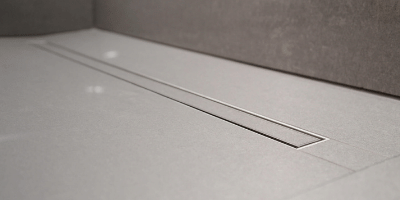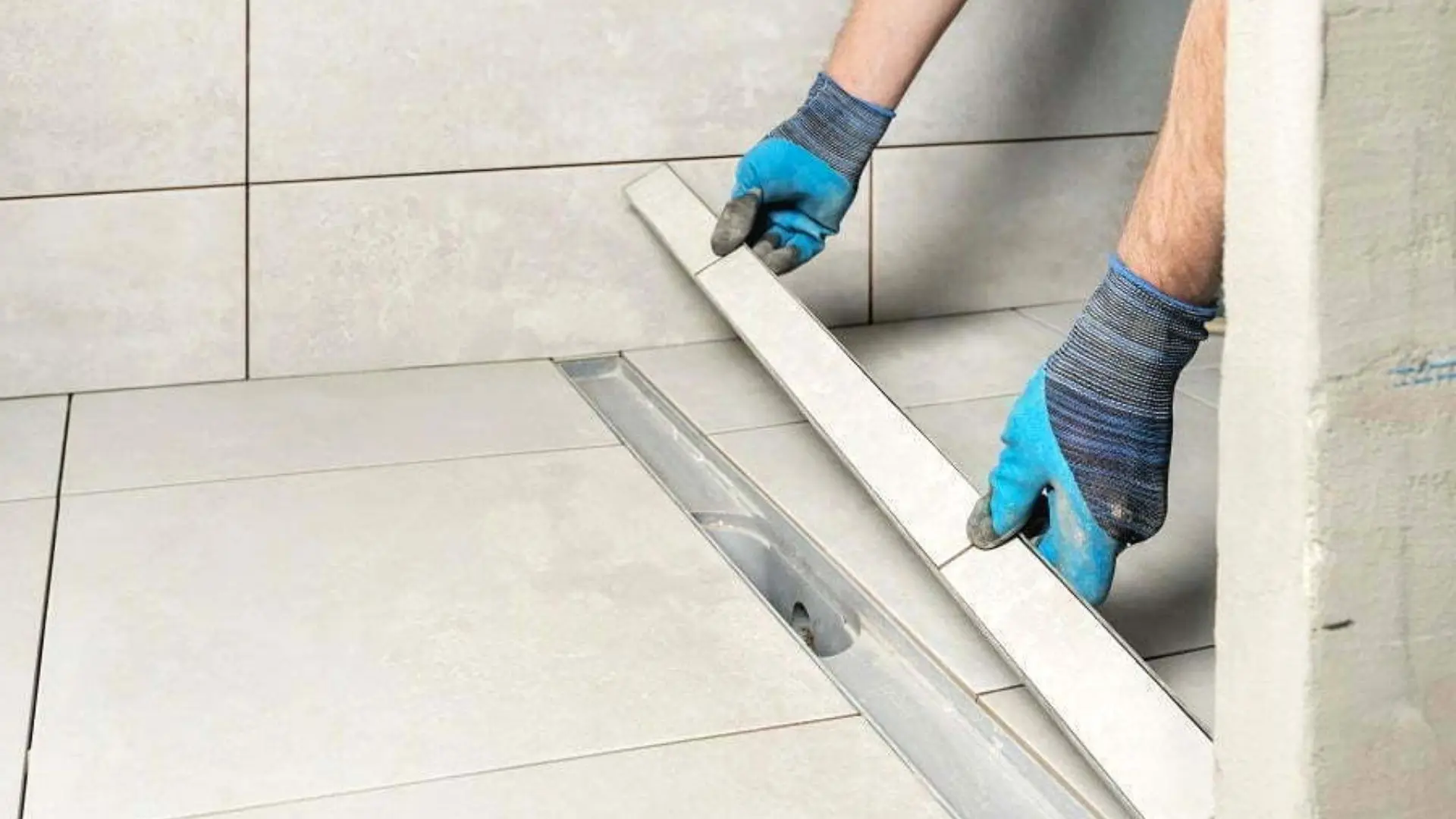Every person seems to have their private perception in relation to How to Install a Shower Drain in a Basement.

Upgrading a shower room is among the a lot more prominent house enhancement projects. Dealing with the plumbing for draining your shower can be extremely straightforward unless you go overboard.
Handling Your Own Shower Drain Installation Project
You can physically build a collector for your brand-new shower, yet you actually require to think of it. Do you actually wish to enter the issues of obtaining the sloping proper, as well as making certain every element of it is water-proof? As well as I imply every aspect! It is a lot easier to merely get a pre-cast collector online or at your local copyright, Home Depot or equipment shop. Structure one may sound like a terrific idea, but you will probably really feel in a different way after a couple of hrs.
Despite how you go about obtaining a pan, you need to strive to use one that has the drainpipe located in the same place as the original pan. Relocating the drain pipelines can be a task, particularly if the home builder used an one-of-a-kind framing framework. If you are figured out to relocate the drain, you are going to need to cut back the pipeline or lengthen it, which might mean destroying large portions of the floor. Rephrase, you are going to be considering a multiple weekend break project.
Thinking we have our drain aligned, the real attach is fairly basic. The drain pipeline ought to be encountering vertical approximately the collector. It will usually appear like a "U", which suggests it serves as a cleanout to maintain nasty smells from returning up from the drainpipe. To link the drainpipe, you are going to create a water limited link between a drainpipe cap on the top of the frying pan and the drain pipeline. Systems vary, however you are typically mosting likely to do this by putting a coupling item on the top of the water drainage pipe. This is after that covered with gaskets and also literally screwed right into the drainpipe cap. The drain cap ought to work as a locknut, to wit, it screws straight onto the coupling.
The challenging part of this procedure is obtaining your drainpipe cap to match a watertight position in the pan. This is achieved by withdrawing the drainpipe cap as soon as you are sure everything fits together. At that point, you put plumbers putty around the underside of the cap and then screw it back on. The putty ought to develop a limited seal in between the cap and also the shower frying pan, which maintains water from flowing under it and into the framing under the shower.
Certainly, shower room showers can be found in a variety of designs nowadays. If you purchase a collector, they almost always come with plumbing instructions or the store can note anything unusual you should recognize. It sounds intricate, yet is typically rather easy. Enjoy!
Whether you are a bath tub or shower individual, most people seek shower just choices when purchasing a house. This easy fact means greater than a couple of house owners spend a weekend break upgrading or setting up showers in their shower rooms. Thankfully for you, it is a fairly straightforward procedure.
A collection agency or frying pan refers to the horizontal surface area situated at the bottom of the shower. The enthusiast commonly includes a non-slip surface slightly banked in the direction of the facility or wherever the drainpipe is located. Combined with 3 to four inch walls around the side, the objective of your shower water drainage plumbing is to obtain the water to stream to and down the drain.
Tips for Installing a Shower Drain Assembly
Renovating a bathroom can be exciting as well as fulfilling if you’re tackling the job DIY-style. After you cross off the bigger decisions such as tile style, paint colors, and fixtures, you’ll need to finalize smaller details – such as the shower drain. In this article, we’re sharing some tips for selecting and installing the right drain assembly for your updated shower.
What is a shower drain assembly?
Shower bases or pans typically only come with a pre-drilled drain hole. Since the pan slopes toward the drain, you should consider the placement – left, center, or right – when designing your shower. You’ll need to purchase and install a shower drain assembly that connects the shower pan to the drain pipe underneath the shower. There are a few types of assemblies, which will be covered below.
Size of a shower drain
When it comes to installing drains, size matters. The recommended pipe size for a shower drain is 2 inches, whereas most tubs use 1.5-inch pipes. Why the difference?
Shower pans are shallower than tubs, so there’s a higher risk for overflow. So, the larger pipe allows for quicker draining. If you are replacing an old tub with a newer stand-up shower, you will need to make additional plumbing adjustments to accommodate the 2-inch pipe.
Types of shower drain assemblies
There are three common types of shower drain assemblies: compression shower drain, solvent-glue shower drain, and tile shower drain. The layout, design, and materials of your shower can determine which type of shower drain assembly will work best.
Compression shower drain
This type of assembly attaches to the drain pipe with compression washers and nuts. The drain fitting is typically installed into the base, and then the base is installed into the bathroom floor. This makes compression-style drains easier to install than other options, particularly if you don’t have easy access from the floor under the shower base. Drains are available in a wide range of materials such as PVC (polyvinyl chloride), ABS (Acrylonitrile Butadiene Styrene), and brass, and can be used for acrylic, fiberglass, and steel shower bases.
Solvent-glued shower drain
Made of either polyvinyl or ABS, this type of shower drain is sealed to the drain pipe with solvent glue and silicone. Since you’ll be working underneath the drain pan, we only recommend using this type of drain if you have access under the shower, such as from a basement or crawlspace. It’s also important that you match the type of plastic of the drain with the drainpipe. If you take these precautions, you can install a solvent-glued drain assembly with acrylic, fiberglass, and steel shower bases.
Tile shower drain –
Drain assemblies for custom tile showers feature a waterproof membrane liner placed between two flanges. The tile is installed on top of the liner, collecting any water that seeps through the porous grout. A metal strainer is installed in line with the tile over the drain.
https://www.epshawaii.com/blog/tips-for-installing-a-shower-drain-assembly/

As a passionate reader about How to Install a Shower Drain in a Basement, I thought sharing that excerpt was worthwhile. If you appreciated our article if you please be sure to pass it around. We cherish reading our article about How to Install or Replace a Shower Drain.